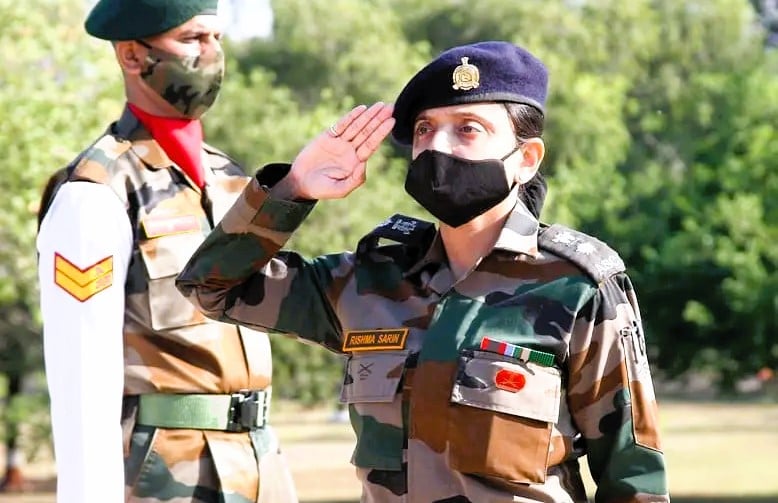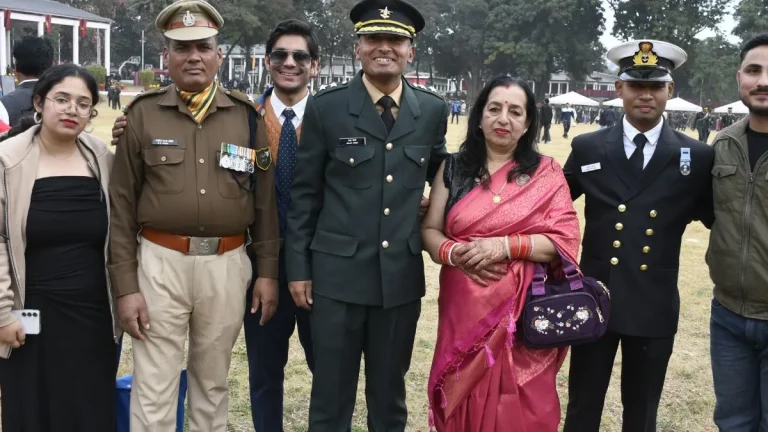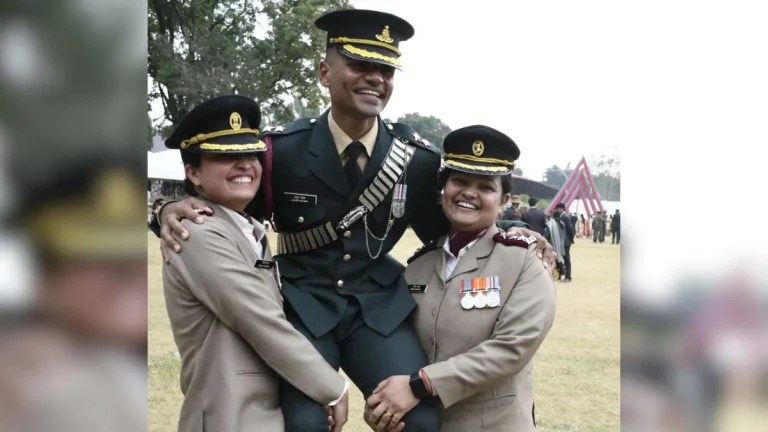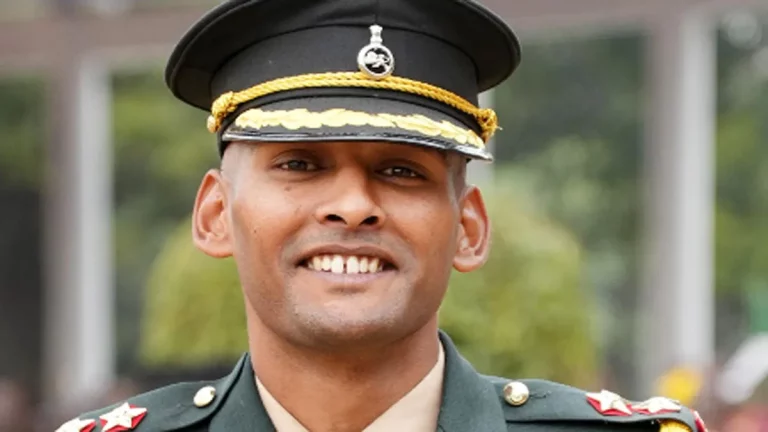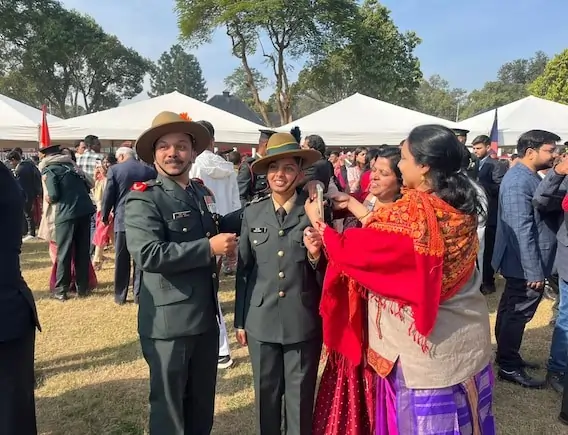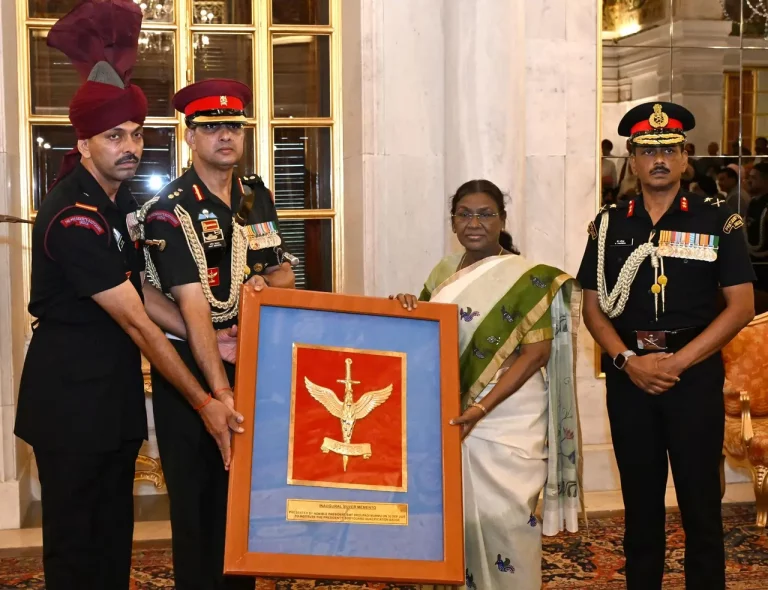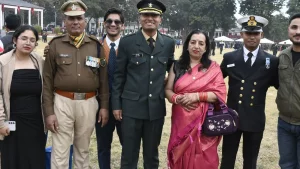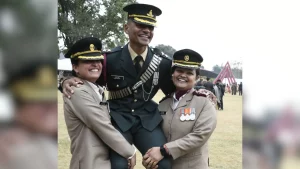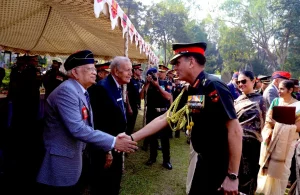The Indian Army, known for its discipline and uniformity, has strict instructions regarding the use of religious symbols while in uniform. These guidelines ensure that every member of the armed forces maintains a cohesive and disciplined appearance. In this comprehensive guide, we will explore the rules and regulations surrounding the use of religious articles in the Indian Army. From articles by women officers to guidelines for civilians and the significance of maintaining a non-religious outlook, we will delve into the details that shape the dress and deportment policy of the Indian Army.
Articles by Women Officers
The Indian Army’s guidelines for women officers are especially strict. The use of bangles, ear-studs, lipstick, and nail-polish is prohibited while in uniform. However, the application of sindoor is allowed as long as it is not visible when a beret is worn. These guidelines ensure a uniform appearance among women officers and promote a sense of discipline and professionalism.
Articles on Wrists
When it comes to the wrists, the Indian Army has specific regulations for different religious practices. Sikh officers and men, or officers commanding Sikh troops, are allowed to wear kadas, which are steel bracelets. However, sporting “tilak, vibhuti, or any other religious symbol” is strictly prohibited while in uniform. Furthermore, no charms or sacred threads can be worn around the neck, and if worn, they should not be visible outside the uniform. These regulations aim to maintain a uniform and secular appearance among the personnel.
Wearing Watches
While there are various restrictions on wearing accessories among the men in the Indian Army, there is no hard and fast rule prohibiting personnel from wearing watches. However, officers generally prefer to wear simple, non-flashy watches that align with the overall professional appearance. The focus is on functionality rather than ostentation.
Civilians Wearing Army-Pattern Dresses
In January 2016, the Indian Army issued guidelines to the public, urging them to avoid wearing “Army-pattern” dresses. This advisory was prompted by the need to prevent terror attacks and illegal sales of Army uniforms. It is crucial to distinguish genuine armed forces personnel from those wearing military-style clothing as a fashion statement. The beret and badges are the distinguishing features of real army personnel, making it difficult to differentiate them from imposters.
Beards and Long Hairs
Maintaining a non-religious on-duty appearance is an essential aspect of the Indian Air Force (IAF) regulations. While the regulations apply to all religions, including Muslims, Hindus, and Sikhs, the IAF prohibits officials from keeping beards and putting tilak on the forehead or wearing threads on the wrist or arm. However, Sikh personnel are allowed to keep beards and long hair as part of their religious practice. The regulations emphasize the importance of maintaining neatness, tidiness, and a length of beard that can be covered by one fist.
“Your religion is the religion of your men”
Col SS Shekhawat, recounting an incident during his initial days in the Special Forces (SF), shared a valuable insight. His commanding officer asked him about his religion and caste, to which he initially responded as a Hindu Rajput. However, his CO reprimanded him and told him that his religion and caste should be the SF itself. This incident highlights the notion that an officer’s religion is the religion of their subordinates. Applying this template throughout the country can potentially solve many problems and foster unity among the armed forces.
Conclusion
The Indian Army’s dress and deportment policy emphasize the importance of uniformity and discipline. Every member of the armed forces, regardless of their religious beliefs, is required to adhere to the guidelines on the use of religious symbols while in uniform. From articles by women officers to regulations on wrists, watches, and civilians wearing army-pattern dresses, these guidelines ensure a professional and cohesive appearance among the personnel. By understanding and respecting these regulations, the armed forces can maintain their esteemed reputation and continue serving the nation with honor and dedication.
Additional Information: The Indian Army’s dress and deportment policy is not only applicable to religious symbols but also covers other aspects such as grooming, personal appearance, and overall discipline. These guidelines contribute to the professionalism and unity of the armed forces.
